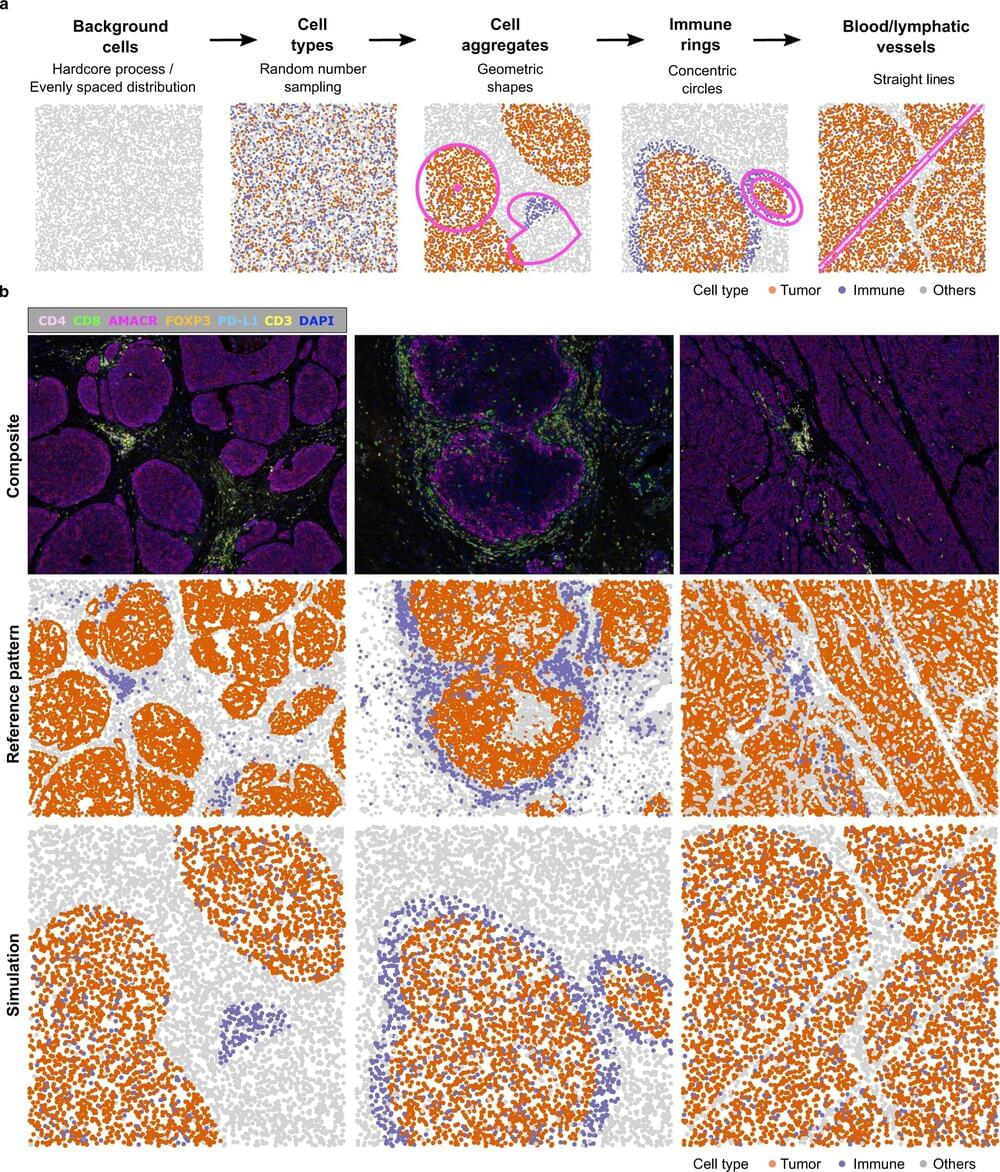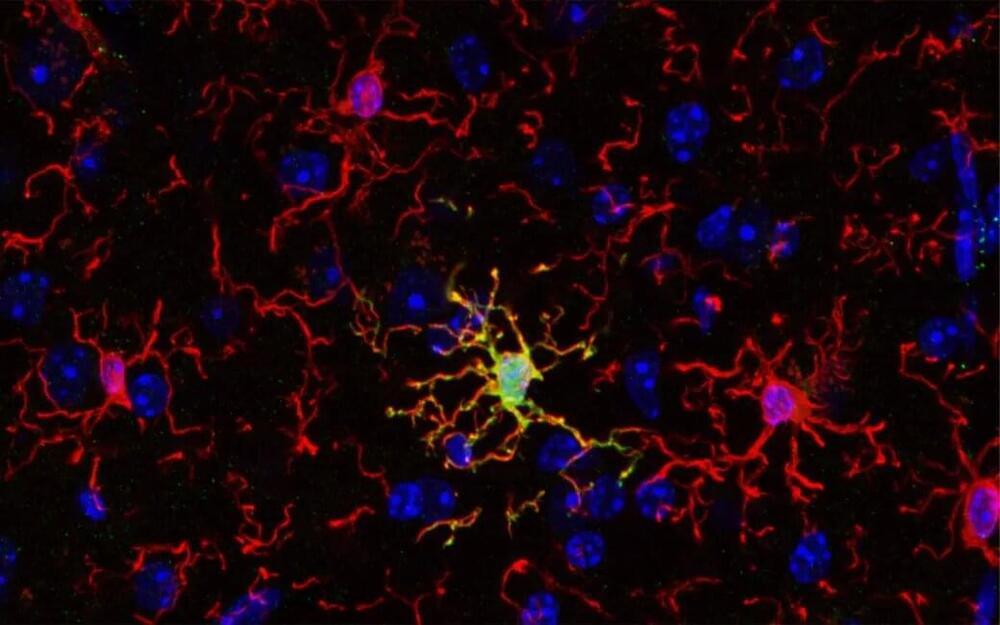Scientists have reconstructed the oral microbiomes from dozens of ancient humans, revealing previously undiscovered genes.
Scientists reconstructed the oral microbiomes from dozens of ancient humans, revealing extinct genes.


One fish, swimming alone, encountering a robotic fish impersonator will be wary and tend to avoid the robot, but a group of real fish are more likely to accept the robot as one of their own, and sometimes even abandon other real fish to follow the robot.
Those are the findings of engineers from Peking University and China Agricultural University who created a realistic koi fish robot, and placed one or two in a tank with real fish to see how they would respond.

We’re currently working with companies that develop software and tools that make surgery smarter and safer while they empower surgeons and providers to improve patient outcomes, enhance operational efficiency and increase profitability with data-driven surgery using AI, automation and operating room analytics. This is where analytic components such as data lakes and warehouses are already making a difference in healthcare. We’ve seen them capable of powering millions of facts and patient records at a time. Tied to expertise, these tools allow data-informed decisions for measurable improvements in clinical, financial and operational aspects.
For instance, we’ve helped design and develop surgical applications to improve operating room efficiency, tele-surgery, data lake construction and surgical analytics. Clients come back with feedback on our skills and technical experience, feeling supported by the flexibility and technical boost we give their teams.
Collaboration between technology outsourcing companies and healthcare providers can result in considerable optimization, including improved patient care and maximized processes. Tech providers can strive for the perfect collaborative balance with the above key conversations while boosting robust ecosystems, shared platforms and data.



This week at Starbase Ship 25 goes through another round of cryo testing, work continues on Booster 11, Ship 29 and the new mega bay, and crews begin working on new pilings for the water deluge system, while over at Cape Canaveral SpaceX continues their rapid pace of launch and recovery operations.

Research published in Nature Communications today, has shown that techniques initially developed for astronomy and ecology can be used to study the microenvironment of solid tumors.
Led by Peter Mac’s 2020 Lea Medal winner Dr. Anna Trigos and Yuzhou Feng, the study looked at patient tumor samples from prostate, colon and breast cancers and identified novel cancer subtypes, new patterns associated with patient survival, and was able to predict which patients were likely to develop metastasis first.
These exciting results have generated significant interest from medical oncologists, pathologists and immunologists.

A recent study published in Nature Neuroscience indicates that, contrary to common belief, the immune cells of the brain, known as microglia, are not all the same. Researchers found that a unique microglial subset with unique features and function is important for establishing proper cognitive functions in mice. Evidence for such microglial subsets exists also for the human brain, opening exciting new possibilities for novel therapies.
An international collaboration led by researchers from University of Helsinki, Karolinska Institutet and University of Seville characterized ARG1+ microglia, a subset of microglial cells, that produces the enzyme called arginase-1 (ARG1). Using advanced imaging techniques, the team found that ARG1+ microglia are abundant during development and less prevalent in adult animals. Strikingly, these ARG1+ microglia are located in specific brain areas important for cognitive functions such as learning, thinking and memory.
“Cognition and memory are crucial components of what makes us human, and microglia are necessary for proper brain development and function. Cognitive decline is a common feature of neurodegenerative and psychiatric conditions like Alzheimer’s and Parkinson’s disease, schizophrenia and depression,” says Dr. Vassilis Stratoulias, senior researcher at the University of Helsinki and lead author of the study.

Immune checkpoint blockade therapies have been revolutionary in the treatment of some cancer types, emerging as one of the most promising treatments for diseases such as melanoma, colon cancer and non-small cell lung cancer.
While in some cases checkpoint blockade therapies elicit a strong immune response that clears tumors, checkpoint inhibitors do not work for all tumor types or all patients. Moreover, some patients who do experience an initial benefit from these therapies see their cancers recur. Only a small minority of patients treated with checkpoint blockade therapies see lasting benefits. Researchers have developed various combination therapy strategies to overcome resistance to checkpoint blockade therapies, with the STING pathway emerging as one of the most attractive lines of inquiry.
In a study published in Advanced Healthcare Materials, a team of MIT researchers engineered a therapeutic cancer vaccine capable of restoring STING signaling and eliminating the majority of tumors in mouse models of colon cancer and melanoma, with minimal side effects. The vaccine also inhibited metastasis in a breast cancer mouse model and prevented the recurrence of tumors in cured mice.